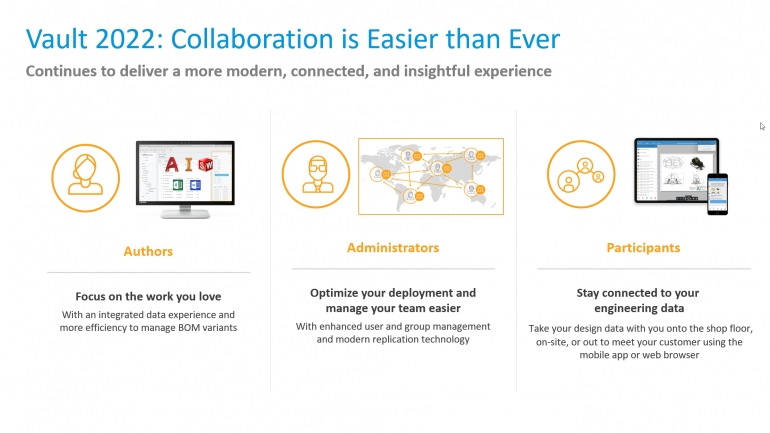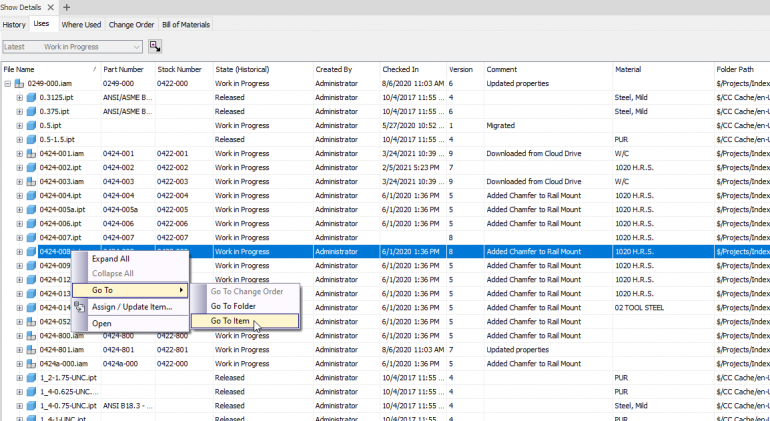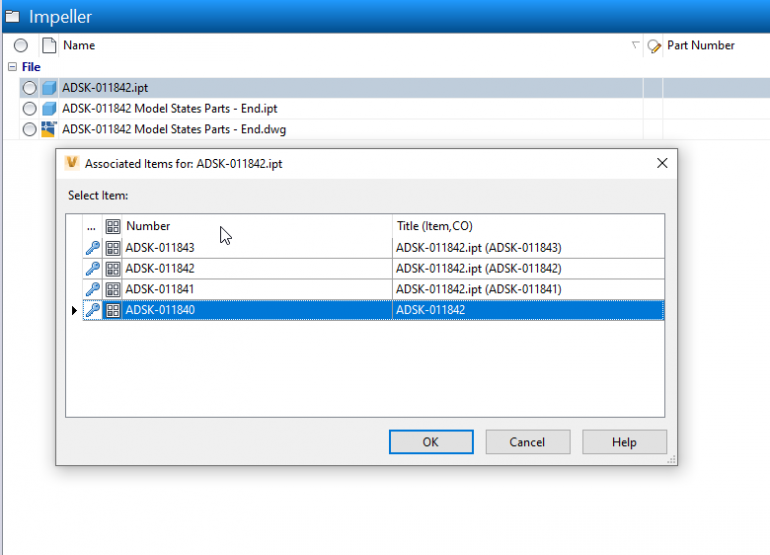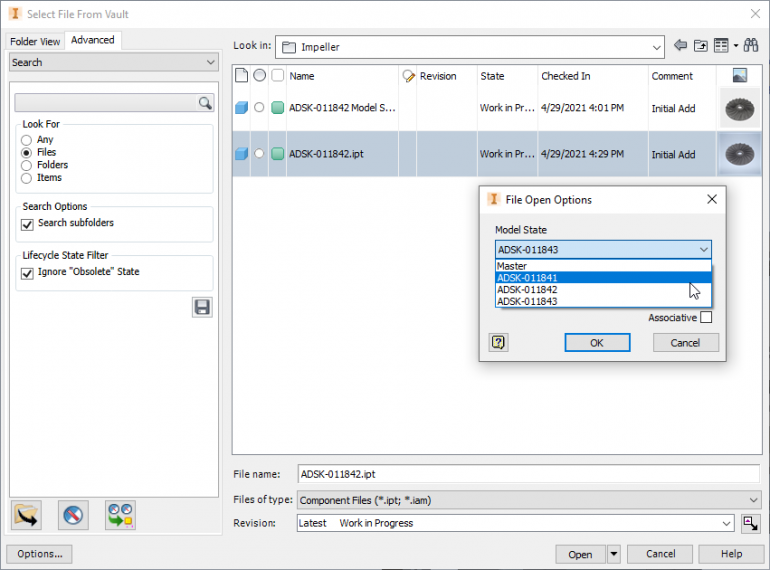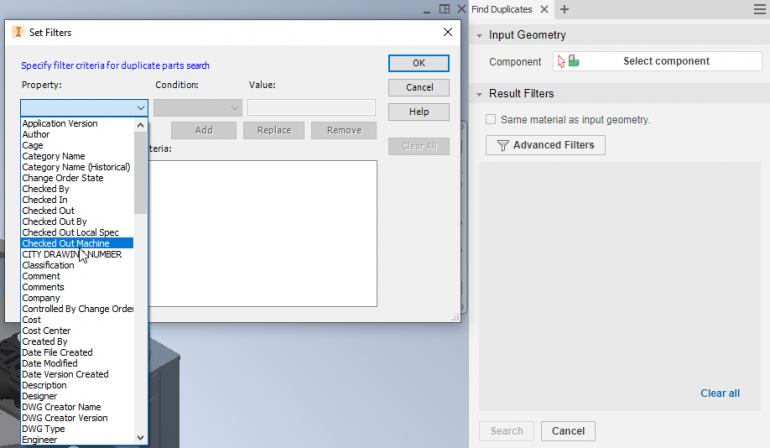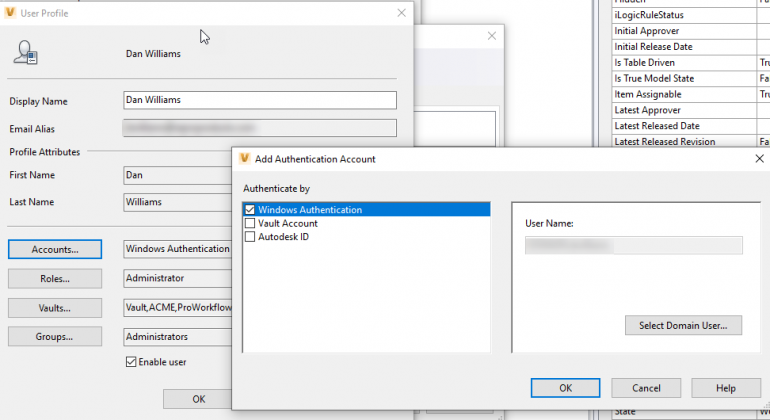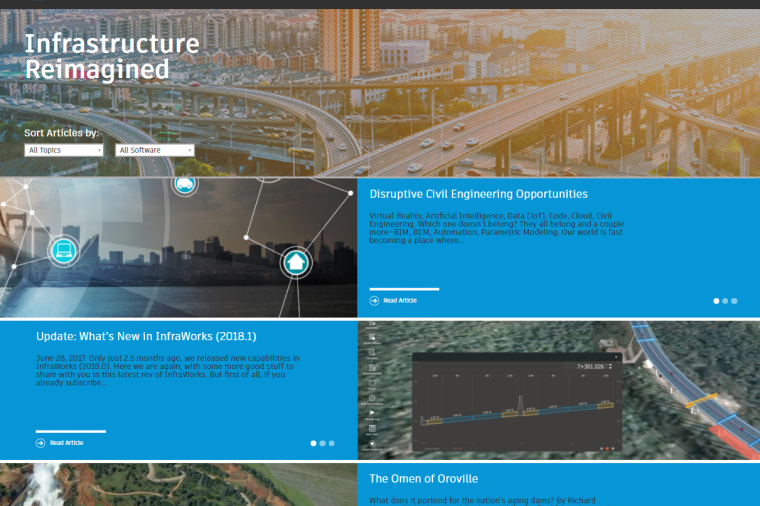
Article authored by Dan Williams and originally posted to GovDesignHub here.
On April 6, 2021, Autodesk Vault 2022 was released. And I have to say that it is easily the most feature-rich release in recent memory.
With Vault 2022, Autodesk has really focused on user feedback from live events, The Vault Ideas Forum, and the Vault Beta community to deliver customer-driven enhancements. Those customers weren’t limited to just CAD users and other document and data “Authors.” Many of the enhancements address the needs of other personas within your company like Administrators who manage and maintain data infrastructures or other non-CAD Vault users who tend to interact with the CAD data rather than create it.
As we describe these new features and enhancements, we’ll try to do so from the perspective of the personas they were meant most to benefit.
Authors
For Autodesk Inventor users, there is a new more connected experience that allows them to interact with data in many of the ways they would previously have had to use the Vault Thick Client for. All while remaining inside of Inventor. Much of this new experience is provided by a new dockable “Show details” panel that displays information about the current model or drawing. Now, without leaving Inventor, users can access information like “History,” “Uses,” or “Where used.” They can easily navigate to related Change Orders, Items or folder locations. The columns in the property grid are customizable in the same fashion that users are already familiar with from the Vault Thick Client.
Inventor 2022 introduces a new core technology called Model States.
Model States is a powerful new workflow that enables users to create multiple representations of a part or assembly within a single document. It is a mechanism for managing variations in parameters, properties, component suppression/substitution and physical simplification among other things. Because the variations exist in one file, there is no need to worry about managing multiple files that represent the member variants or breaking the associations between those files.
Model states can be used for:
- Progressive operations like:
- Machining operations from the casted model to the final part
- Typical Progressive die operations
- Sheet metal part in varying stages of completion for multiple bend operations
- Weldments for weld preparation and other machining operations
- Some other use cases include:
- Product families that have different values for dimensions or features that are shown or suppressed
- Alternative assembly positions for quickly switching between them visually or for defining drawing views
- Level of completion for each stage as your design as it gets assembled
- Simplification levels for removing intellectual property or high levels of detail before export
Model States in assemblies can control parameters, constraints (including overrides and suppression), and be linked to model states. They can do everything that Level of Detail does plus everything that iAssembles does. There is also some overlap with Positional Representations.
In all of these use cases, it is important to understand that, in a single file, each State has its own unique iProperty information.
Clearly, this would have created a scope issue in previous versions of Vault which only allowed for 1 set of properties per document.
Fortunately, Vault 2022 fully supports these Inventor Model States. Separate Items and Item properties can be assigned to each of the Model States so that a single model file may have multiple Items assigned to it.
In Inventor, the Place from Vault command allows users to select which variant to place insuring accurate and efficient BOM management.
The duplicate reduction functionality introduced in Vault 2021 has been further enhanced to include additional filtering criteria for exact matches, mirrored parts, matching materials, and advanced multi-criteria metadata matches.
Administrators
Vault 2022 is full of new features and feature enhancements that make it easier for administrators to manage their users and systems. Post-pandemic, organizations have been required like never before to develop systems and methods of deployment that support their geographically dispersed teams.
Vault has long supported authentication as well as user and group management through its own Vault-specific credentials or via Active Directory integration. Vault 2022 adds a third authentication method based on the user’s Autodesk ID. Using an Autodesk ID allows administrators to leverage 2nd factor and off-premise authentication. They can offer multiple methods and choose the best way for their users to authenticate based on the users’ unique circumstances.
Administrators can now define custom Profile Attributes and associate them with users and groups similarly to the way user-defined properties are assigned to files, folders and items. This allows the administrators to search and sort users in an experience not unlike those familiar operations on files and items.
Profile Attributes can also be mapped to Active Directory attributes.
Vault 2021 introduced Audit Logs that tracked user actions like Get, Open, and Pack & Go. Vault 2022 enhances these capabilities with additional Audit Logs that track which user accessed what vault and when. The logs also track which method a user authenticated with and which Vault client they used.
Vault 2022 updates “Full Replication” with a new technology which eliminates the need for object ownership while improving replication stability and reliability. This technology only affects Full Replication. File Replication remains unchanged.
Across the 2022 software lineup, Autodesk introduced a new deployment tool accessed from the Account Management portal. This new tool gives administrators the flexibility of creating deployments for custom combinations of products instead of separate deployments for each product.
When Vault 2022 is installed, all of the Vault CAD add-ins are pre-installed regardless of whether the CAD application is detected at install time. If a supported CAD application is subsequently installed, the Vault add-in is automatically loaded. No need to re-run the Vault installation.
Participants
In this context, Participants aren’t simply consumers of data and documents, they are non-CAD users who contribute to and “participate” in design, manufacture and management processes. They need flexible, connected access to design data and documents.
Ideally, they would have absolute assurance that the data they are interacting with is the right data and up-to-date. A printed drawing is potentially obsolete the moment it leaves the printer. We’ve all experienced that “participation by proxy” via email – in various processes like Design Reviews and Change Orders – is prone to mistakes and miscommunication.
With Vault 2022, Autodesk delivers on these requirements in two big ways:
New Thin Client
Yes, you read that right. Autodesk has updated the browser based Thin Client with a new more modern interface that provides a much better user experience.
Honestly, the new thin client is worthy of a dedicated article itself, but I will try to cover the biggest highlights here:
- The viewing technology is based on Forge rather than Design Review. This makes it a true “zero” deployment solution for accessing , viewing, and collaborating on vaulted data. There is no longer a need to install any browser add-ins.
- It supports a variety of browsers across multiple platforms including desktops, tablets and phones.
- In addition to Files and Items, the new Thin Client gives users access to Change Order information.
- Users can share desktop or web browser links. Previous Thin Clients could only share the web browser links.
- Multiple files can now be selected for viewing or downloading. The old Thin Client was limited to selecting one file at a time.
Vault Mobile App
Android and iOS users now have a solution that compares quite favorably with the Vault Thick Client making it substantially more capable than the Vault’s Thin Client. Users can actually check non-CAD files in and out of Vault using a mobile device. It follows that given those type of capabilities, the mobile application requires a subscription to Vault Professional or Vault Office. It is also backwards compatible with Vault Professional 2020 and 2021 servers.
In addition to viewing and interacting with Files and Items, mobile users can actually create and participate in Change Orders.
I hope you are as excited as I am about the potential of this new Vault release. Authors – in particular Inventor users – can focus on design work with better in-application access to Vault data. Support for Inventor Model States creates new opportunities to document design processes and efficiently manage the BOMs of single-file design families.
Administrators benefit from a host of enhancements that make it easier to deploy software and manage their users. Finally, non-CAD Participants have flexible yet powerful tools to access the design data they need.
